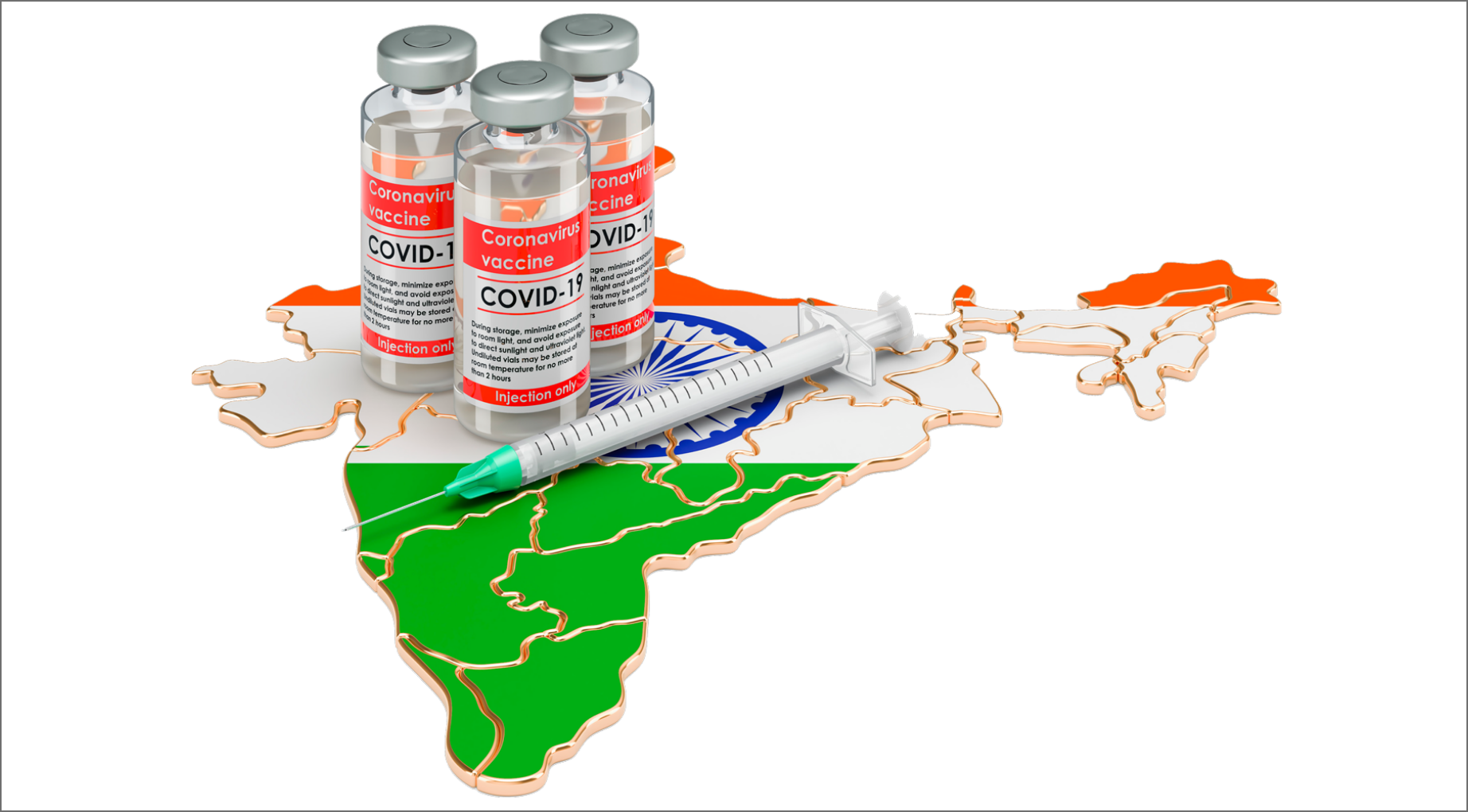2003: An ignoble tussle over a Nobel
-
- from Shaastra :: vol 02 issue 02 :: Mar - Apr 2023

Twenty years ago, a prize set off an unseemly controversy and cleaved the scientific community.
On October 10, 2003, barely days after the Nobel Prize in Physiology or Medicine for that year had been announced, a shrill full-page advertisement (pictured) appeared in The New York Times. Beneath a striking inverted image of the Nobel Prize medal, the headline screamed: "The Shameful Wrong That Must Be Righted." Over the next two months, leading up to the December 10 Nobel Prize ceremony in Stockholm, similar full-page ads ran in newspapers in the U.S., the U.K. and in Sweden, home of the coveted prize.

The recurrent theme in the ads was that the Nobel Committee had egregiously erred in its choice of scientists for the Prize in Physiology or Medicine. That year, it had been conferred jointly on Paul C. Lauterbur and Sir Peter Mansfield "for their discoveries concerning magnetic resonance imaging". The ads ranted that in awarding the prize "not to the medical doctor/research scientist who made the breakthrough discovery on which all MRI technology is based, but to two scientists who later made technological improvements based on his discovery", the Committee had "ignored the truth", was "attempting to rewrite history" and had "disgraced itself".
The scientist on whose behalf the high-decibel ads had been taken out was Raymond Vahan Damadian (pictured), the inventor of the Nuclear Magnetic Resonance (NMR) scanning machine to diagnose cancer. All of the ads carried testimonials from scientists, science administrators and authors attesting to Damadian's credentials. The ads ended with a public appeal "to add your voice" to the "outrage" and to write to the Nobel Committee to ensure "that this shameful wrong is righted before the awards are presented in December".
The rule of 3
Nobel prizes abide by the 'rule of three'. The statutes specify that "if a work that is being rewarded has been produced by two or three persons, the prize shall be awarded to them jointly." However, "in no case may a prize amount be divided between more than three persons." Which meant that if the Nobel Committee had wished to acknowledge Raymond Damadian's contribution to MRI imaging in 2003, a third winner's slot was open. That he was still overlooked contributed to Damadian's perception that he was being "written out of history".

Nothing came of that $1.2 million campaign blitz: a decision on the Nobel Prize is not subject to appeal. But the episode showed up the high stakes riding on such prestigious prizes, and the darkness they bring out even among practitioners of noble and high-minded scientific pursuits.
Damadian's claims, even when they were articulated in hyperbolic rhetoric, were not entirely invalid. In a 2012 book Prize Fight: The Race and the Rivalry to be the First in Science, radiologist Morton A. Meyers noted that Damadian made several "seminal contributions", including the original conception of using magnetic resonance for whole-body screenings of living humans; the "fundamental discovery of MR differences among normal tissues and between normal and cancerous tissues, which provides the biological basis for MRI"; and the construction of the first full-body human MRI machine, even if it used a crude scanning method.
Faith and science
In addition to being a man of science, Damadian was a man of deep faith in Christianity. He ridiculed the Darwinian theory of evolution and abided by the Creationist belief that the universe and all life are a work of divine creation. "For me now the true thrill of science is the search to understand a small corner of God's grand design, and to lay the glory for such discoveries at the Grand Designer's feet," he wrote.

Some scientists conceded that Damadian's 1971 paper in the journal Science (bit.ly/Damadian-paper) formed the basis for using MR parameters in diagnosis. Damadian secured a patent in 1974 for his NMR concept for detecting cancer, but he did not describe a method for generating pictures from such a scan.
There was speculation that Damadian had been overlooked for the prize on account of his religious beliefs (see 'Faith and science', above). Damadian himself discounted that. But his general rough-edged deportment even in the past, and his abrasive articulation (fonar.com/nobel.htm) of even a seemingly halfway-genuine grievance did not help him win much sympathy.
Damadian did win several other prizes, and his work was otherwise acknowledged. Indicatively, in 2001, he won a Lifetime Achievement Award bestowed by the Lemelson-MIT Prize Program, which acknowledged him as "the man who invented the MRI scanner". And in 1989, he was inducted into the National Inventors Hall of Fame. The company he founded, FONAR Corporation, won hundreds of millions of dollars by enforcing his MRI technology patent, as upheld by the U.S. Supreme Court. But right up until Damadian's death in August 2022, it perhaps rankled with him that the one prize he coveted, the Nobel, eluded him – unjustly, in his estimation.
Have a
story idea?
Tell us.
Do you have a recent research paper or an idea for a science/technology-themed article that you'd like to tell us about?
GET IN TOUCH














